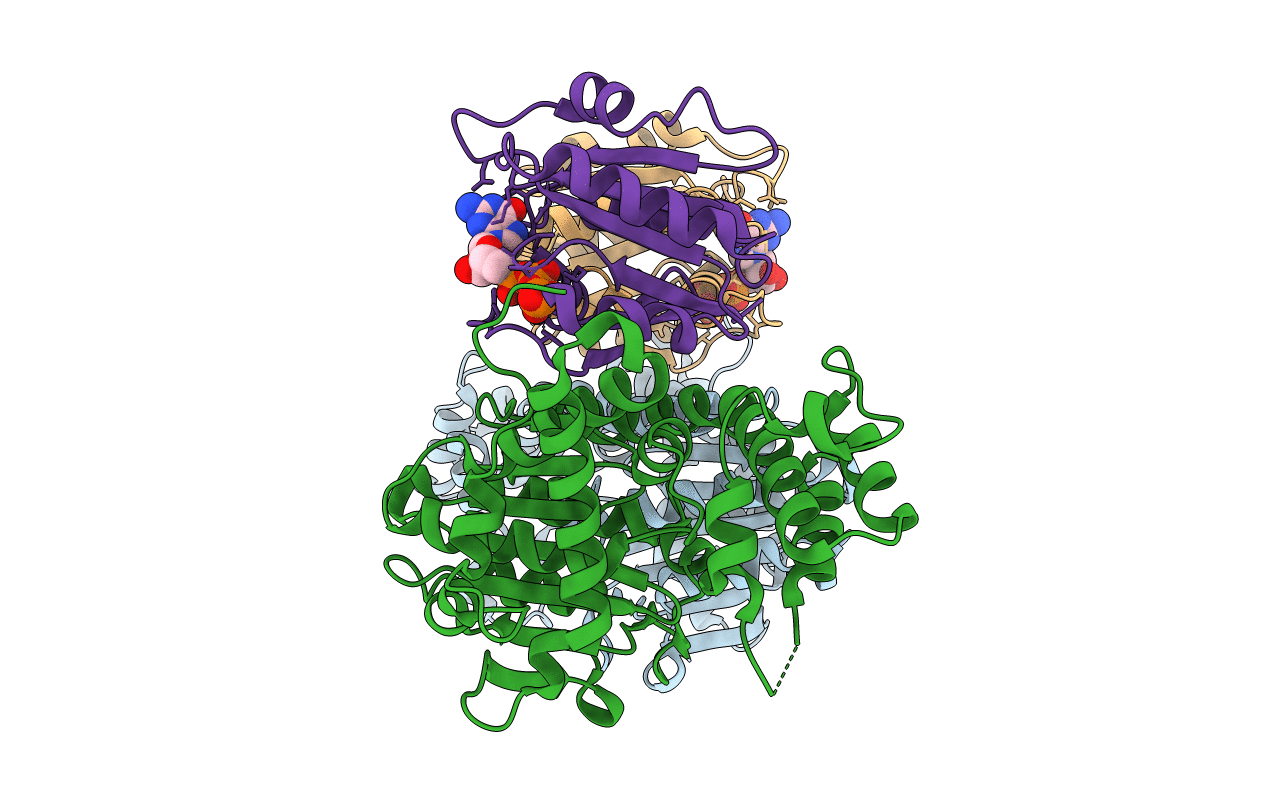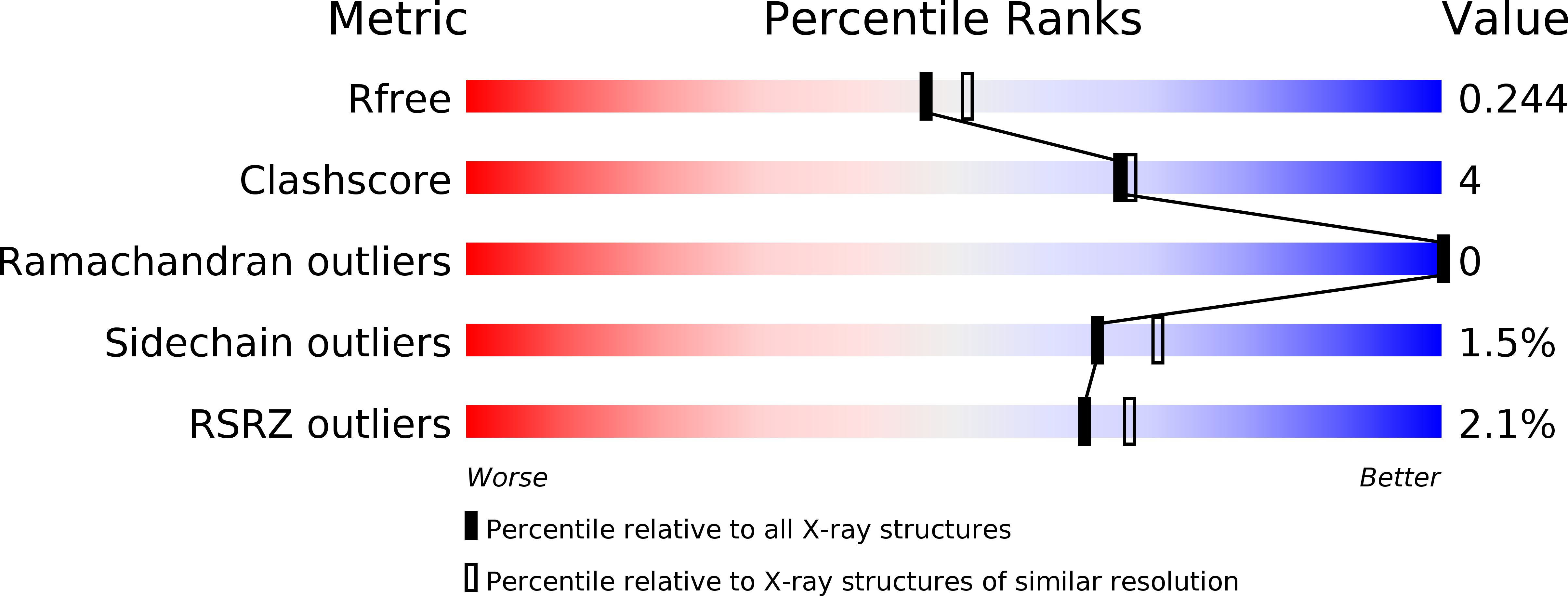
Deposition Date
2018-10-03
Release Date
2019-08-07
Last Version Date
2024-11-06
Entry Detail
PDB ID:
6II6
Keywords:
Title:
Crystal structure of the Makes Caterpillars Floppy (MCF)-Like effector of Vibrio vulnificus MO6-24/O in complex with a human ADP-ribosylation factor 3 (ARF3)
Biological Source:
Source Organism:
Vibrio vulnificus (Taxon ID: 672)
Homo sapiens (Taxon ID: 9606)
Homo sapiens (Taxon ID: 9606)
Host Organism:
Method Details:
Experimental Method:
Resolution:
2.10 Å
R-Value Free:
0.23
R-Value Work:
0.17
R-Value Observed:
0.17
Space Group:
P 21 21 21


